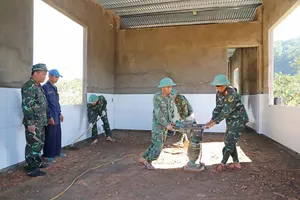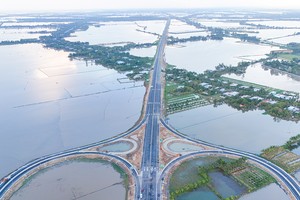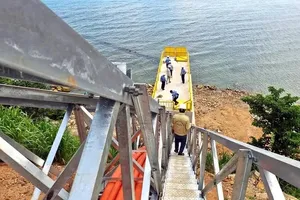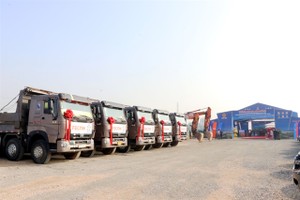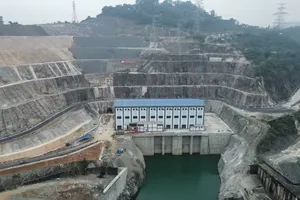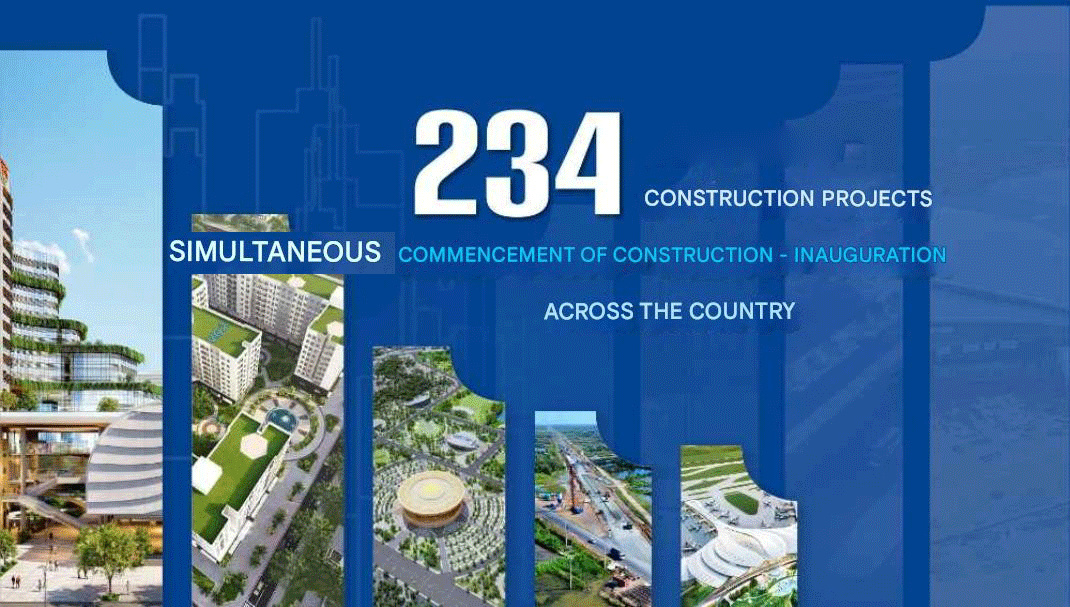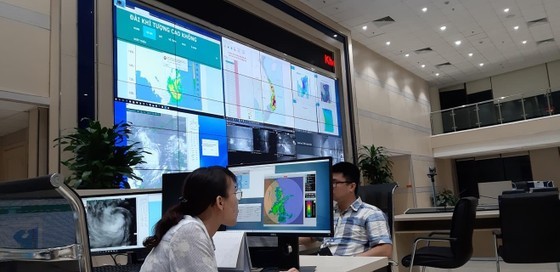 |
Weather forecasters use technology to forecast dangerous phenonmenon |
In response to the World Meteorological Day with the theme ‘Weather, Climate and Water - Future Through Generations’ on March 23, Vietnam proposes a program themed ‘Information on weather, climate and water resources contributing to sustainable socio-economic development for today and in the future’, according to Professor Tran Hong Thai.
According to Professor Tran Hong Thai, climate, weather and water resources are a cycle with the climate being a large circle covering all these factors. Climate change, which entails changes in weather, of which temperature and rainfall distribution or surface water resources are direct consequences.
Climate change is causing the trend of average global temperatures to increase and studies also showed an increase in extreme temperatures, more hot days, and at the same time a decrease in the number of cold and damaging cold days, but there are anomalous cold spells, the distribution of rainfall changes periodically, Mr. Thai said.
 |
Police officers evacuate people from flood hit area |
The Director General of the Vietnam Meteorological and Hydrological Administration said that climate change has left a great impact on water resources in Vietnam. Heavy and especially heavy rains occur frequently on a large scale and locally, causing major floods, inundations, flash floods, and serious landslides in many areas across the country.
Mr. Thai cited a particularly heavy rain that lasted 5 days in the Northern Province of Quang Ninh in 2015. In 2019, a record-setting heavy rain hit the Mekong Delta Province of Kien Giang’s Phu Quoc island from August 2 to August 9 bringing the water level to reach 1,158mm
The most recent is the rain from October 14 to 16, 2022 in the central province of Thua Thien - Hue and Da Nang with a daily rainfall of over 700mm causing serious flooding in Da Nang.
Flash floods and landslides also occur more frequently and more severely in the mountainous areas of the North, the Central Highlands and the Central region. The heat is also more intense. For instance, the temperature observed at Huong Khe meteorological station in the Central Province of Ha Tinh was 43.4 celcius degree - the highest temperature ever observed in Vietnam on April 20, 2019.
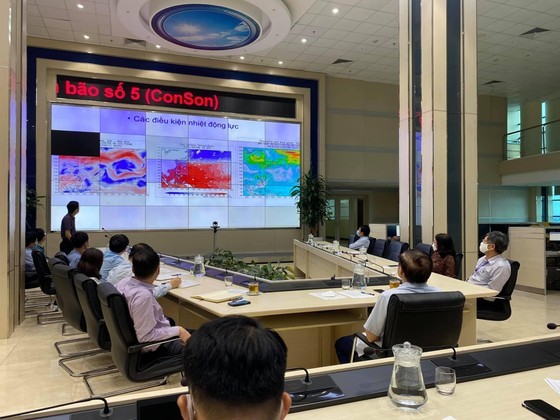 |
In about 5 years, the country has had to embrace two particularly severe dry and drought seasons (2015-2016 and 2019-2020).
According to Mr. Tran Hong Thai, the information about weather forecast, climate and foreign resources not only helps to minimize damages caused by natural disasters but also paves the way for sustainable socio-economic development now and in the future.
In the face of the explosion of information technology, in addition to human training, the meteorology-hydrology sector also promotes the use of information technology, digital transformation and the application of information technology. High technology is one of the breakthrough solutions to enhance monitoring and improve the quality of disaster prediction.
The Vietnam Meteorological and Hydrological Administration has been doing projects on AI applications in forecasting dangerous meteorological - hydrological - hydrological phenomena such as extremely short thunderstorm warnings, identification of storms and tropical depressions operating in the East Sea.
Mr. Thai said that the administration has spent on the supercomputer system CrayXC40 - a calculation system for strong meteorological forecasting problems in Southeast Asia.
With this supercomputer system, the meteorology-hydrology sector has been implementing data assimilation, integrating all real-time monitoring systems, including satellites, radars, surface monitoring, and measuring rain automatically, on that basis, the sector can analyze and forecast extreme weather phenomena in the future, from day - week to month.

